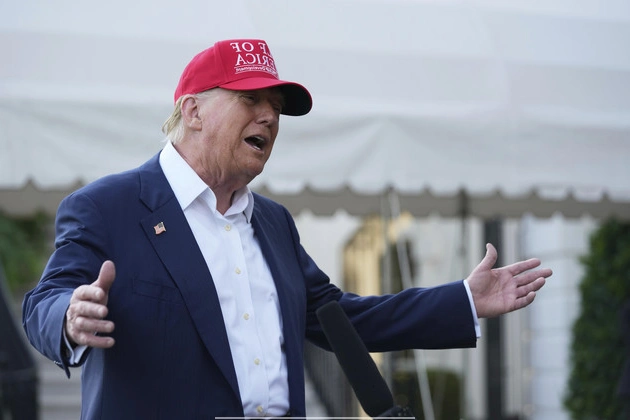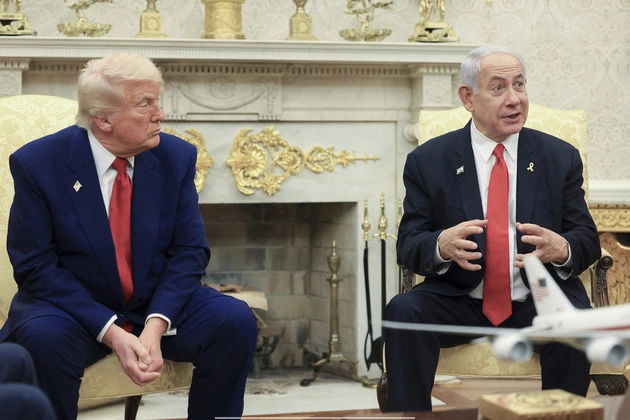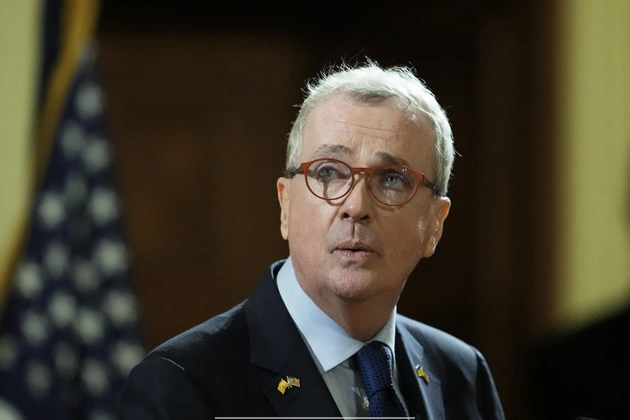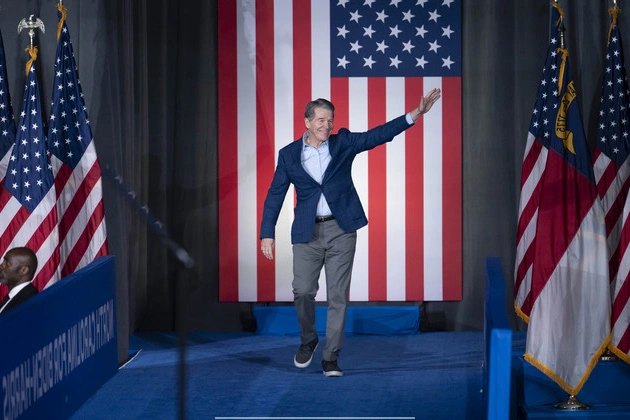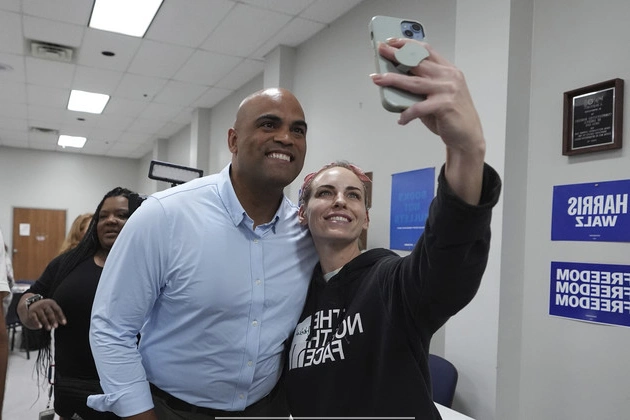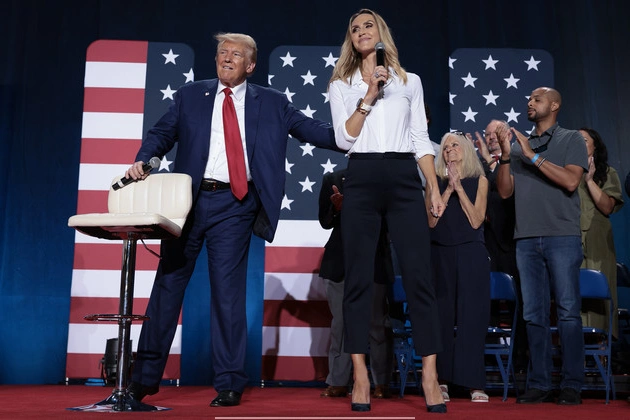
The Small Business Administration recently announced a major reorganization that will result in a 43 percent reduction of its workforce, aligning with the Trump administration’s goal of streamlining the federal government.
Impact of the Reorganization
According to the agency, the reorganization aims to refocus on supporting America’s small businesses by providing essential access to capital, fostering job creation, innovation, and economic growth on Main Street.
Reasons Behind the Cuts
SBA Administrator Kelly Loeffler emphasized the need to scale back the agency’s size, citing concerns of mission drift, financial inefficiencies, and wasteful practices that emerged over the past four years.
Administration’s Directive
President Trump’s directive to reduce the federal workforce prompted the SBA to outline plans for workforce reductions, with approximately 2,700 positions slated for elimination through various means, including voluntary resignations and the expiration of term appointments.
Focus on Business Growth
The reorganization underscores a shift towards fostering business growth without the perceived partisan agendas of previous administrations, with a particular focus on eliminating programs related to diversity, equity, and COVID-19 relief.
Key Retained Functions
While many programs are being phased out, key functions at the SBA, such as the Office of Veterans Business Development and the Office of Manufacturing and Trade, will remain intact to continue their vital roles.
Expansion of Responsibilities
As part of the reorganization, the SBA will absorb the Federal Student Aid office from the Department of Education, signaling a broader scope of responsibilities for the agency moving forward.
Future Outlook
Administrator Loeffler expressed the agency’s commitment to delivering impactful support to small business owners amidst the ongoing changes, emphasizing the need for efficiency and effectiveness in their operations.






